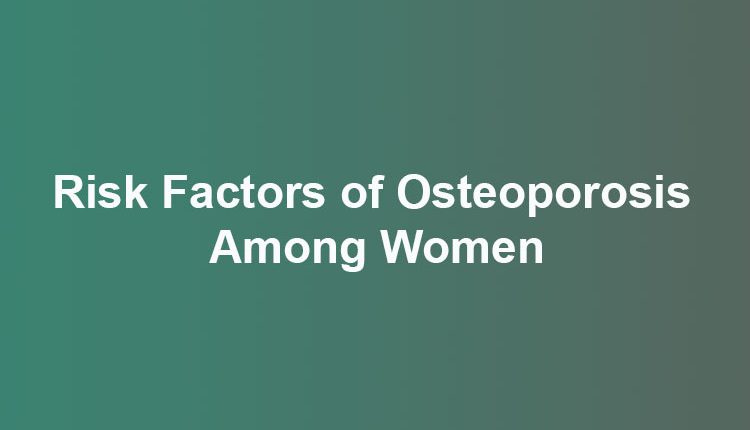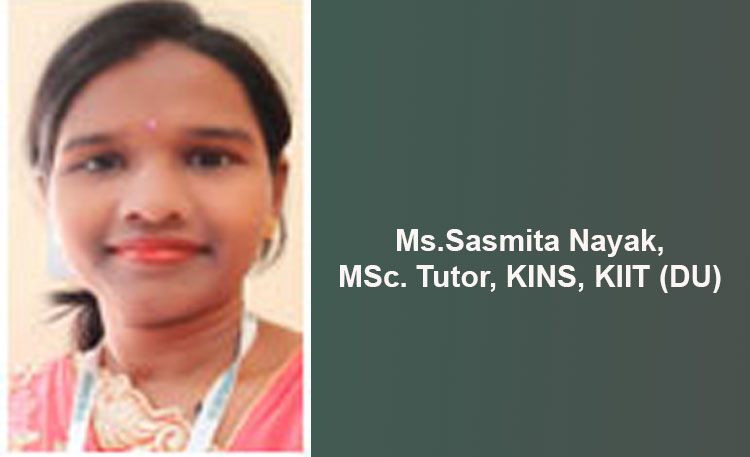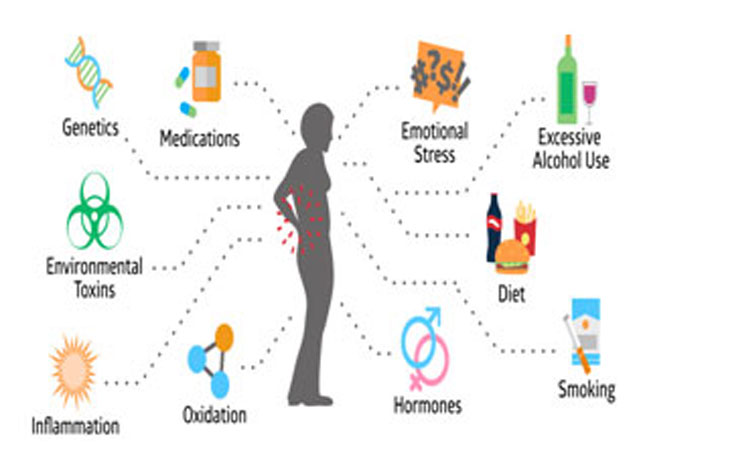Risk Factors of Osteoporosis Among Women
Osteoporosis, which literally means porous bone, is a disease in which the density and quality of bone are reduced. As bones become more porous and fragile, the risk of fracture is greatly increased. The loss of bone occurs silently and progressively. Often there are no symptoms until the first fracture occurs.
Worldwide, it is estimated that 1 in 3 women above the age of 50 will experience osteoporotic fractures, as well as 1 in 5 men. India with a population of 1.2 billion people out of which approximately 10% of population are over 50 years of age. It is estimated that in 2013, 50 million people in India are either osteoporotic or have low bone mass. A study in Delhi estimated the prevalence of osteoporosis as 24.6% in men and 42.5% in women above 50 years of age.
Why women are more risk for osteoporosis than men
Osteoporosis is three times more common in women than in men, partly because of women have a lower peak bone mass and partly because of the hormonal changes that occur at the menopause. In addition women live longer than men and therefore have greater reduction in bone mass.
Risk factors for osteoporosis in women
- Family history of osteoporosis:
- Previous fracture: previous fracture increases the risk of any fracture by 86%, compared with people without a prior fracture.
- Ethnicity: Osteoporosis is more common in White and Asian populations.
- Menopause/hysterectomy: Hysterectomy, if accompanied by removal of the ovaries, Post-menopausal women, may also increase the risk for osteoporosis because of estrogen loss.
- Long term glucocorticoid therapy: Long-term use of corticosteroids (ex. Cortisone, Prednisone)
- Rheumatoid arthritis: Rheumatoid arthritis and diseases of the endocrine system like Hyperparathyroidism, thyrotoxicosis can take a heavy toll on bones.
excess alcohol consumption
- Low calcium diet in take
- Smoking
- Low Body Mass Index
- Poor nutrition
- Vitamin D deficiency
- Eating disorders
- Estrogen deficiency
- Insufficient exercise
Risk factors of osteoporosisGastrointestinal disorders
- Frequent falls
Diagnosis :
- Bone mineral density
Osteopenia = <2.5SD T score
Osteoporosis=>2.5SDT score
- Bone density scan (DEXA)
- CT Scan which is known as quantitative computed tomography
- Spine or hip X-ray
Consequences : Osteoporosis fracture. The common fracture is hip fracture which occur more often among women than men.
Treating Osteoporosis in Young Women
- Control pain from the disease
- Slow down or stop bone loss
- Prevent bone fractures with medicine that strengthen bone
- Minimize the risk of falls
Ways to improve bone health and prevent osteoporosis
- Get enough calcium and vitamin diet
- Try low-fat yogurt and sardines (with bones) to add more calcium to your diet
- Include green vegetables like broccoli,and turnip greens which add calcium
- Include vitamin D rich foods like cereals, fish oil, cord liver and milk alternatives like soymilk in your diet.
- Also take foods which are reach in vitamin K, Vitamin C, Magnesium and Potassium such as fortified juices,green peppers, oranges, grapefruits, broccoli, sprouts, papaya and pineapples, potatoes, green peeper etc which are helpful for bone health.
- Take calcium and vitamin D supplement if you need one.
- Women under age 50 need a total of 1,000 milligrams (mg) of calcium every day.
- Women age 50 and older (or any women who is not menstruating) need a total of 1,200 mg of calcium every day
- Adults under age 50 need a total of 400-800 international units (IUs) of vitamin D every day.
- Age 50 and older need a total of 800-1,000 IUs of vitamin D every day.
- Do weight-bearing and muscle strengthening exercises
- Get at least 30 minutes a day of weight-bearing physical activity.
- Include muscle strengthening exercises like cycling and swimming dancing, skipping, running or walking.
- Join a gym or sign up for a group exercise class
- Try a new sport or activity such as tennis or hiking
- Keep healthy life style
- Eat five or more fruits and vegetables every day.
- Quit smoking and limit alcohol consumption.
- Try not to eat too many salty or processed foods.
- Learn about your personal risk factors for osteoporosis.
- Avoid stress.
- Talk to your doctor about your health
- Make an appointment with doctor or other health care provider to talk about your health problem
- Bring a list of your bone health questions to your appointment.
- After the age of 50 or post menopause monitor your vitamin D and calcium levels regularly.
- Ask your health care provider if you need a bone density test or any other test
- Improve your balance and prevent fall
- Do balance training exercises
- Fall proof your home
- Have your hearing and vision checked every year.




